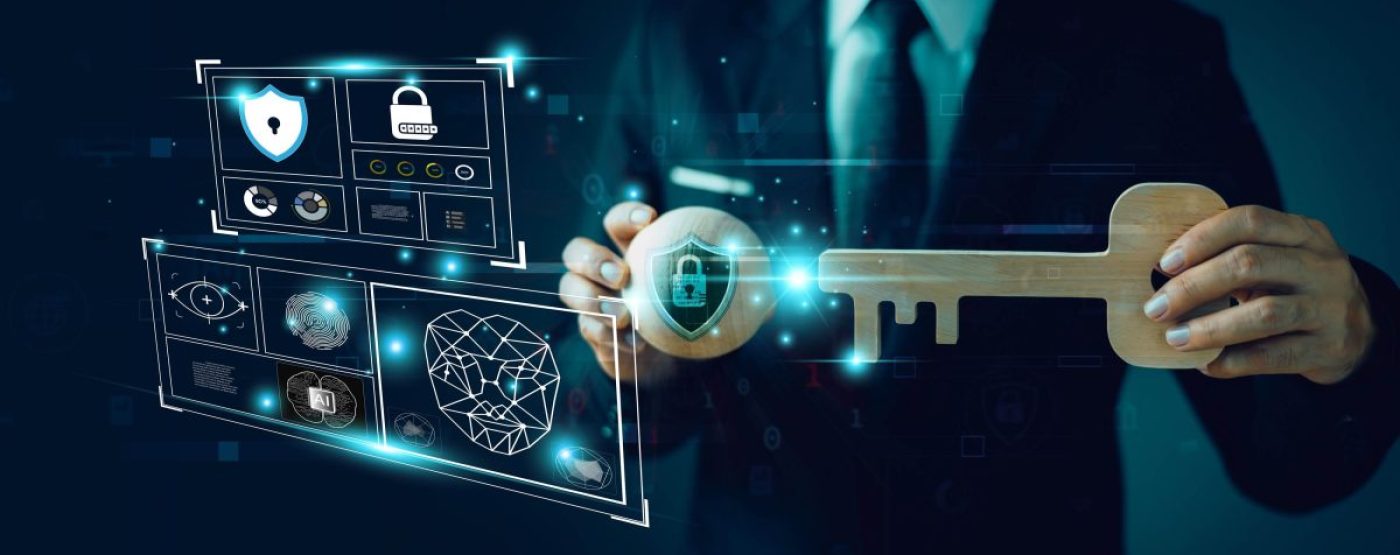
Surely, there’s no need to elaborate on how much damage cyber threats have caused, affecting even the best of networks and systems. As cyber threats grow more advanced, organisations are constantly searching for suitable and more effective security solutions. However, one such tool that has been gaining significant attention is XDR, aka extended detection and response. XDR focuses on modern methods. It integrates and automates threat detection, analyses and responds to them properly, and eventually improves vulnerabilities. Let us explore what exactly XDR is, how it works, and why organisations should consider it over the other available tools.
XDR stands for eXtended Detection and Response. As the name suggests, XDR comes as an advanced cybersecurity solution, helping improve threat detection and response across multiple security layers. While traditional security tools work separately, XDR combines data from endpoints, emails, networks, and cloud systems into one platform.
This helps security teams spot threats faster and respond more effectively. Furthermore, this can be effective in reducing the time that is needed to check and prevent cyberattacks. Not only this, but one can expect to get better visibility of overall operations, especially where we need robust protection. Businesses now switch to using XDR to strengthen their defences and minimise risks, allowing them to keep their data safe from hackers and cybercriminals.
To put it simply, XDR functions by centralising and correlating security data from different systems. This though provides a more complete understanding of security threats and a more rapid response to those threats. This ultimately helps reduce the dwell time, finding and responding to an attack, if it happens.
Being perfect for cloud-based environments, XDR works with the help of modern analytics and machine learning to monitor security events in real-time. It seeks data from various sources, like connected devices, network traffic, and cloud services, while integrating threat intelligence for deeper insights.
By continuously analysing patterns and anomalies, XDR detects hidden threats before they can cause harm. This approach also reduces the workload for security teams. With its features to collect and process vast amounts of security data quickly, XDR transforms cybersecurity into a comparatively more intelligent, automated shield against emerging cybersecurity threats.
As stated earlier, traditional models are no longer reliable to use, especially as advanced forms of cyber threats pop up. Over time, cybercriminals and hackers have found new methods to break into systems, stealing data or releasing malware.
Therefore, modern organisations need better tools and software. In particular, the ones that allow businesses to implement and use them easily.
However, XDR promises to fulfil these needs. XDR can significantly improve cybersecurity, as:
While managed detection and response and extended detection and response both help with threat detection and management, they can differ in many ways. Let’s understand how.
Factors | MDR (Managed Detection and Response) | XDR (Extended Detection and Response) |
Approach | Human-based threat monitoring and response. | Automated, AI-driven threat detection and response. |
Coverage | Focuses mainly on endpoints and networks. | Covers endpoints, networks, emails, cloud, and more. |
Management | Managed by external security experts. | Integrated security platform, often self-managed. |
Threat Response | Analysts investigate and respond. | Automated threat detection with faster response. |
Best For | Companies needing expert-managed security. | Businesses searching for full security integration. |
Opting for XDR solutions can, in several ways, be beneficial for businesses. For instance:
In many ways, extended detection and response aka XDR promises to boost cybersecurity. By unifying security tools, making workflows easier, and leveraging machine learning, organisations can improve themselves against growing cyber issues. With enhanced visibility and better compliance, XDR can simplify overall security management, making it an essential solution to consider.